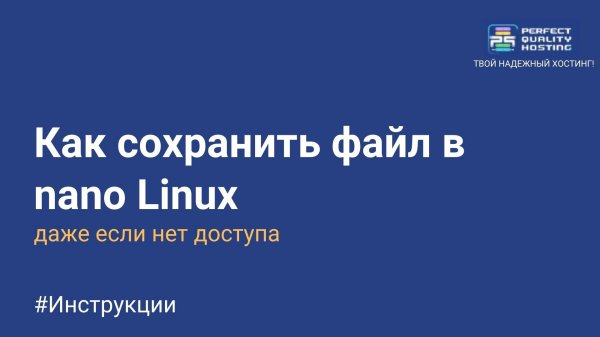How to unmount a disk in Linux
- Main
- Knowledge base
- How to unmount a disk in Linux
19.04.2023, 16:18
Unmounting a disk in Linux means disabling access to the file system that resides on that disk. In this article we will look at how to do it correctly.
What does it mean to unmount a disk
When unmounting a disk, all files and folders on it are closed and stored on the disk before disconnecting. This is important in order to avoid data loss or disk damage as a result of an incorrect shutdown.
This is necessary to safely remove the storage device (e.g. USB flash drive, CD/DVD), including disabling any active processes that may be using this disk.
The command to unmount a disk in Linux looks like this:
umount /mnt/disk
where `/mnt/disk` is the disk mount point. It is usually located in the directory `/mnt/` or `/media/`. If the mount point is not explicitly specified, then you can use the `umount` command without arguments, and it will automatically unmount all disks that are not currently in use.
For what you may need
Unmounting a disk in Linux is necessary to safely remove removable devices or to perform maintenance on the disk without the risk of data loss. When a disk is unmounted, the operating system releases all resources associated with that disk, such as file structures, cache buffers, and file descriptors. This allows you to copy or move data, make changes to the file system, check the integrity of the disk and perform other maintenance operations without the risk of data damage or loss.
How to unmount a disk
To unmount a disk in Linux, you need to run the umount command with the path to the mount point:
umount /path/to/mount/point
For example, if the disk was mounted in the /mnt/usb folder, the command to unmount will look like this:
umount /mnt/usb
Now you know how to properly unmount a disk in the Linux operating system.
North Macedonian VPS servers: 15% off with this promo code!
Apply the discount by inserting the promo code in the special field at checkout:
Valid up to and including 21.11.2024, 23:59 (UTC+3)



































